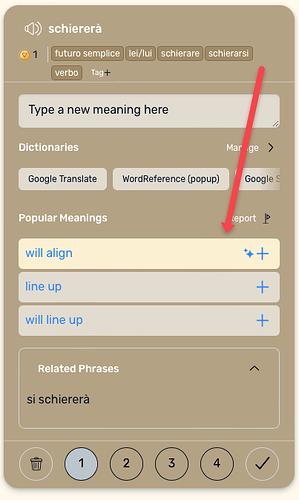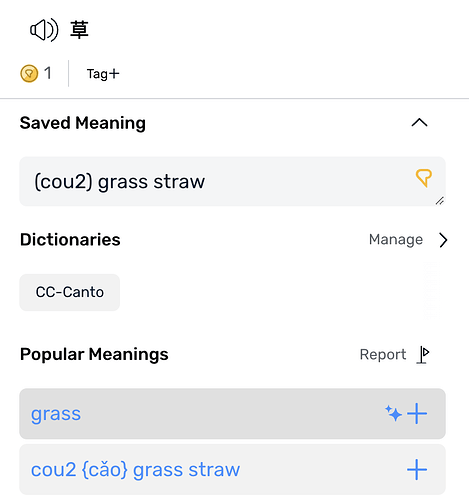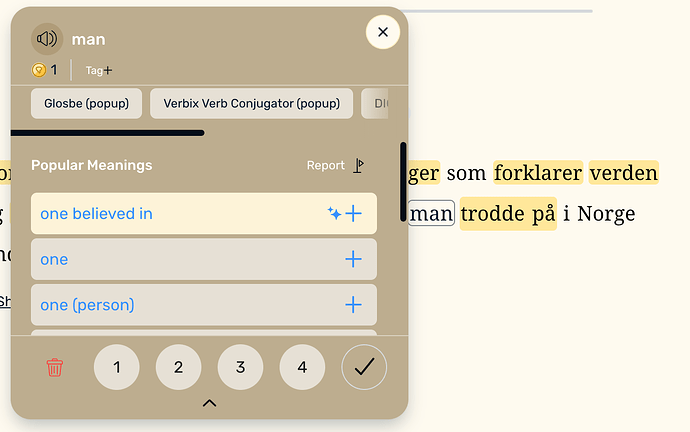Hi Everyone,
We have added a bunch of new features over the past month or so. Here are the major announcements:
New theme options in the Reader on all apps
This is something frequently requested so we decided to spend the time and provide a range of page theme options on all platforms along with a quicker way to access these new settings. You will now find these new theme and font options right in the reader by clicking the Aa control in the top right.
- Edit: New theme colours are not yet ready on mobile but will be there soon.
Context based AI word translations
Very often words have multiple words and the generic definition found in our Popular Meanings may not always be accurate. We have now made it so that the first meaning in the list of Popular Meanings is generated by Ai and is based on the context you are looking at. This was just launched on web and will be available on both mobile apps within a week. This is very interesting functionality!
**
**
You have probably seen the new Statistics interface by now which includes the ability to dive deep on the theory behind the LingQ method. We also added two new metrics based on feedback from you, our users - Reading Speed shown in Words Per Minute, which allows you to see your improvement over time, and Study Time which just tracks how long you spend using LingQ.
Refresh Sentence Translation
There are times when the sentence translation shown in Sentence View is not correct. There is now a control that will refresh and pull a new translation for that sentence from whichever translation source you have specified in your settings - Google Translate, DeepL, Ai.
Let us know your thoughts on any of these enhancements on the forum post. Keep the feedback coming as it very much can influence our future development.



